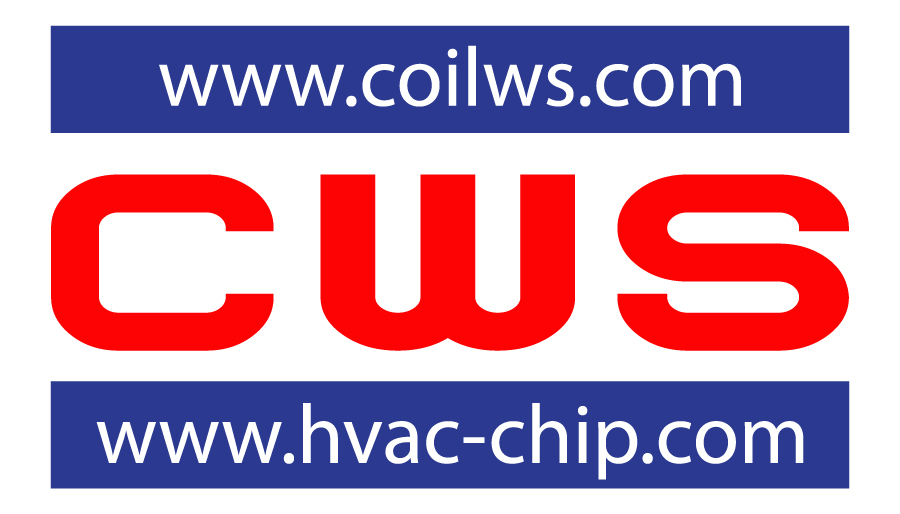|
Interference Protection Standards |
||||||
| Until recently most countries have had their own regulations and standards governing electro-magnetic interference (EMI) or radio frequency interference (RFI). However, on the 1st of January 1992, the European Directive 89/336/EMC on electro-magnetic compatibility (EMC) came into force. This directive brings a common approach to EMC to every member state of the European Union. Fig.1 shows the EMC concept. | ||||||

|
||||||
|
Common standards will be used throughout Europe to ensure that technical trade barriers are removed. As well as controlling EMI emissions from equipment, the directive also calls for equipment to be immune to external electro-magnetic disturbances.
The task of elaborating the standards to be used has given to the European organization called CENELEC. The member countries of CENELEC are: |
||||||
|
||||||
|
Most of the European standards will be based upon international standards from CISPR and IEC. The numbering system used in the European standards is: EN xx yyy EN = European Norm. xx = 50 denotes that the standard is a standard of CENELEC origin. xx = 55 means the standard is based on a CISPR standard yyy. xx = 60 means the standard is based on an IEC standard yyy. Once the European standard is complete the individual members of the European Union will produce national harmonished standards and will usually give their harmonished standard a national number, Example: the British harmonished standard of EN 55011 is BS EN 55011. |
We Are Open Monday to Friday 8 A.M. - 5 P.M. (Pacific Time)Â
E-mail your questions and requirements at: sales@coilws.com

*Please contact us for available stock.
Stock quantity of zero may be reflected as it is not implemented yet.





